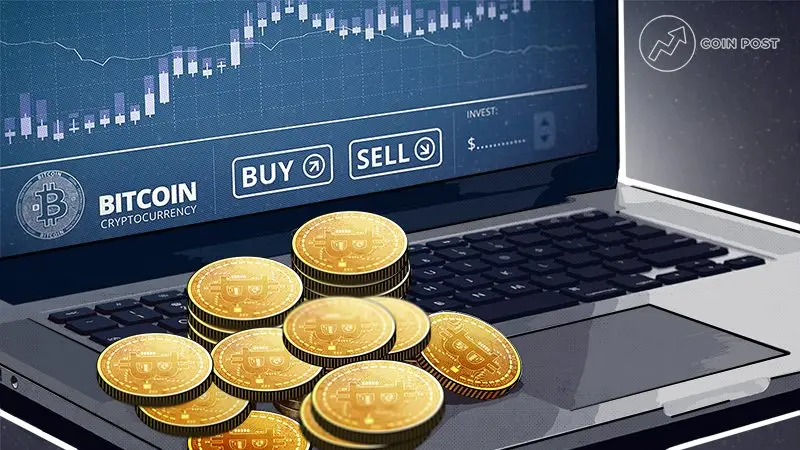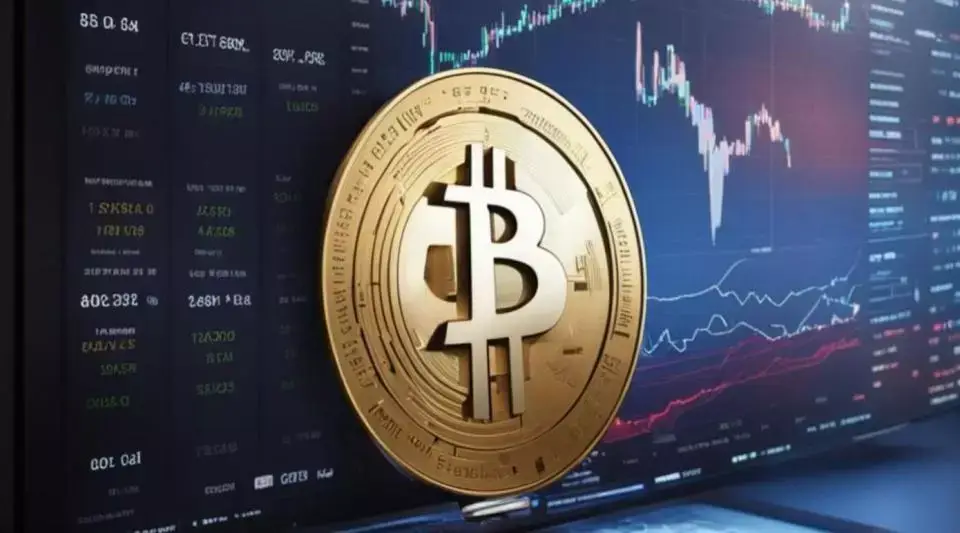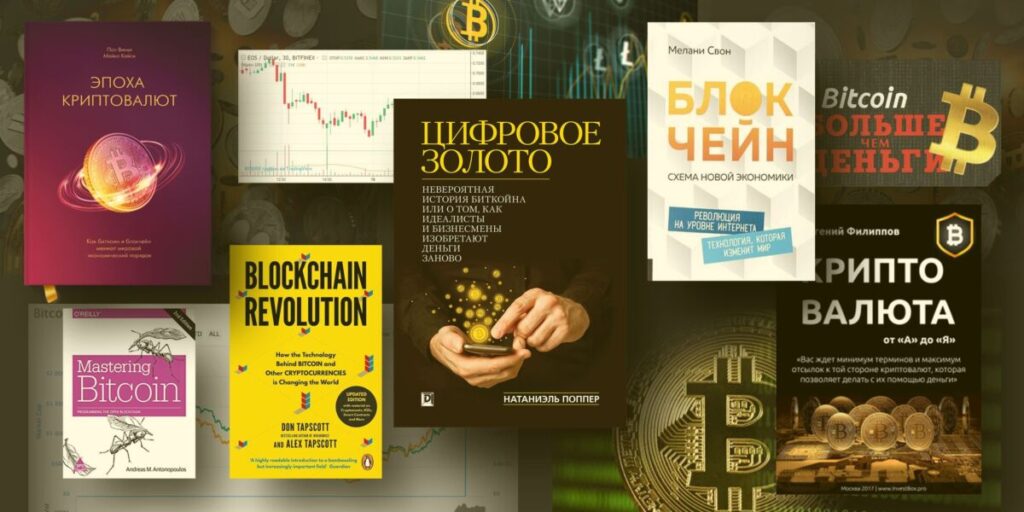Following the tightening of international restrictions, the cryptocurrency market for Russian residents has shifted direction. Traditional platforms have blocked accounts, disabled withdrawals, and frozen fiat gateways. To continue trading and protect their assets, traders have switched to platforms that avoid geopolitical risks. The best cryptocurrency exchanges for Russians in 2025 have adapted to the demands of their audience, remained flexible, and simplified the registration process. Let’s take a look at them in this article.
Evaluation criteria: what determines the best cryptocurrency exchange for Russians
The choice of platform depends not on the popularity of the name, but on technical and legal nuances. The optimal cryptocurrency exchange for Russians must meet several conditions, including:
- Registration without KYC (or with a loyal approach).
- No regional IP blocking.
- Support for P2P and operations with the rouble.
- Minimal commissions (spot — 0.1%, futures — up to 0.02%).
- Deposits/withdrawals via USDT TRC-20.
- Instant support service in Russian.
- Functional mobile application.
Below is an overview of 6 crypto exchanges that meet these criteria.
MEXC: no verification, with a focus on altcoins and P2P
 The platform is consistently ranked among the best cryptocurrency exchanges for Russians due to the absence of mandatory verification and the huge number of available tokens. With around 1,800 assets listed, you can find both major coins (BTC, ETH, USDT) and small-cap tokens in the early stages. The platform supports spot trading, margin pairs, derivatives, farming, and allows you to participate in launchpads without going through KYC.
The platform is consistently ranked among the best cryptocurrency exchanges for Russians due to the absence of mandatory verification and the huge number of available tokens. With around 1,800 assets listed, you can find both major coins (BTC, ETH, USDT) and small-cap tokens in the early stages. The platform supports spot trading, margin pairs, derivatives, farming, and allows you to participate in launchpads without going through KYC.
Features:
- Interface: fully translated, Russian support responds within 15 minutes.
- Commissions: 0.1% spot, 0.02% futures.
- Withdrawal: up to 50,000 USD/day without verification, TRC-20 and BEP-20 support.
- Fiat: P2P with roubles (SBP, Tinkoff cards, Sber, YooMoney).
- Distinguishing features: no IP blocks, stable infrastructure, reliable withdrawals.
- Target audience: traders working with a portfolio of more than 30 tokens.
- Trade format: orders are executed instantly, with a delay of up to 40 ms in the order book.
Bybit: infrastructure for mass traders with bonuses
The service is one of the top crypto exchanges for Russians thanks to its flexible interface settings and loyalty to non-residents. The emphasis is on versatility: the mobile app allows you to trade fully, participate in contests, and use strategies through copy trading. More than 350 trading pairs cover both mainstream (BTC, ETH, XRP) and lesser-known projects.

Features:
- Commissions: 0.1% on spot, 0.02% on derivatives.
- P2P: integration with major payment gateways. Ruble deposits/withdrawals work in tandem with market makers.
- Additional features: bonus system (up to $30,000 for activity, deposits, and referrals), insurance against loss of funds.
- App: cross-platform, built-in training modules.
- Feature: stable liquidity in the BTC/USDT pair — volumes from $800 million per day.
- Security: two-factor authorisation, address whitelist, encrypted API.
Bitget: copy trading, low commissions, security
The exchange is showing steady growth in popularity among beginners. The copy trading system is the main driver of interest: a beginner connects to a selected trader, repeats their trades, and all activity happens automatically. The platform also actively promotes derivatives and a training module through demo mode.
Features:
- Number of pairs: ~600, including BTC, ETH, BNB, ADA.
- Commissions: 0.1% on spot, 0.02% on futures.
- P2P trading: available, rouble gateways via cards.
- Specifics: cold wallets, multi-sig, protection against hacks.
- Interface: extremely simple, with prompts at all stages of the transaction.
- Support: Telegram bot, live chat, Russian localisation.
- Main advantage: minimal entry threshold, no KYC barriers, high credibility in the CIS.
Gate.io: the oldest exchange with maximum functionality
Gate.io is included in the list of the best crypto exchanges for Russians in 2025 due to its balanced approach: the platform provides access to NFTs, token sales, futures, DEX integration, Launchpad, and ETF products. Open Proof of Reserves confirm that all user funds are 100% secure.

Features:
- Trading pairs: 1,400+, high frequency of new token listings.
- Commissions: 0.15% on spot, 0.04% on futures.
- Fiat: P2P, third-party gateways connected.
- Security: 3 layers of encryption, IP geography verification, anti-phishing keys.
- Special features: GT token-based launchpad, farming with up to 35% annual yield.
- Navigation: takes some getting used to, suitable for experienced users.
- Development: the exchange is actively investing in Web3 and metaverses.
OKX: scale, liquidity, capabilities
The platform is included in the top thanks to its professional infrastructure and extensive product stack. Integration with DeFi, NFT, earn, staking and launchpool allows users to build entire strategies without leaving the OKX ecosystem.
Features:
- Spot: 0.08%,
- Futures: 0.02%.
- Options: full support, including calendar spreads.
- Fiat: via P2P, there is no direct gateway with the rouble, but affiliate schemes work stably.
- Security: blockchain audit, open reserve mechanism, stable API.
- User base: over 20 million accounts.
- Distinguishing features: no sanctions restrictions, does not block IPs from Russia, high level of trust among institutional investors.
BingX: easy start and powerful P2P arsenal
The exchange is designed for beginners. The simplicity of the interface and the built-in trading template attract the first wave of crypto enthusiasts. Auto-copying of trades, fast exchange, and trading signals are supported. BingX stands out with the most extensive P2P system for ruble settlements.
Features:
- Spot: 0.1%,
- Futures: from 0.02%.
- Fiat: integrated P2P with transaction protection.
- Distinguishing features: minimum entry threshold (deposit from $10), instant connection to the signal system, simple registration.
- Additional features: built-in crypto calculator, educational centre, income from investment pools up to 18% per annum.
- Support: quick response, personal manager for activity over $10,000.
Conclusions and recommendations for choosing the best cryptocurrency exchange for Russians
 These platforms demonstrate how the best cryptocurrency exchanges for Russians provide freedom of action, stable functionality, and protection from political risks. The choice depends on the goal:
These platforms demonstrate how the best cryptocurrency exchanges for Russians provide freedom of action, stable functionality, and protection from political risks. The choice depends on the goal:
- For trading without verification — MEXC.
- For copy trading — Bitget.
- For large-scale derivatives — OKX.
- For passive income and farming — Gate.io.
- For simplicity and P2P — BingX.
- For a universal set of features and bonuses — Bybit.
 en
en  ru
ru  de
de  ar
ar  es
es  nl
nl  hi
hi  fr
fr  it
it  pt
pt  el
el 



